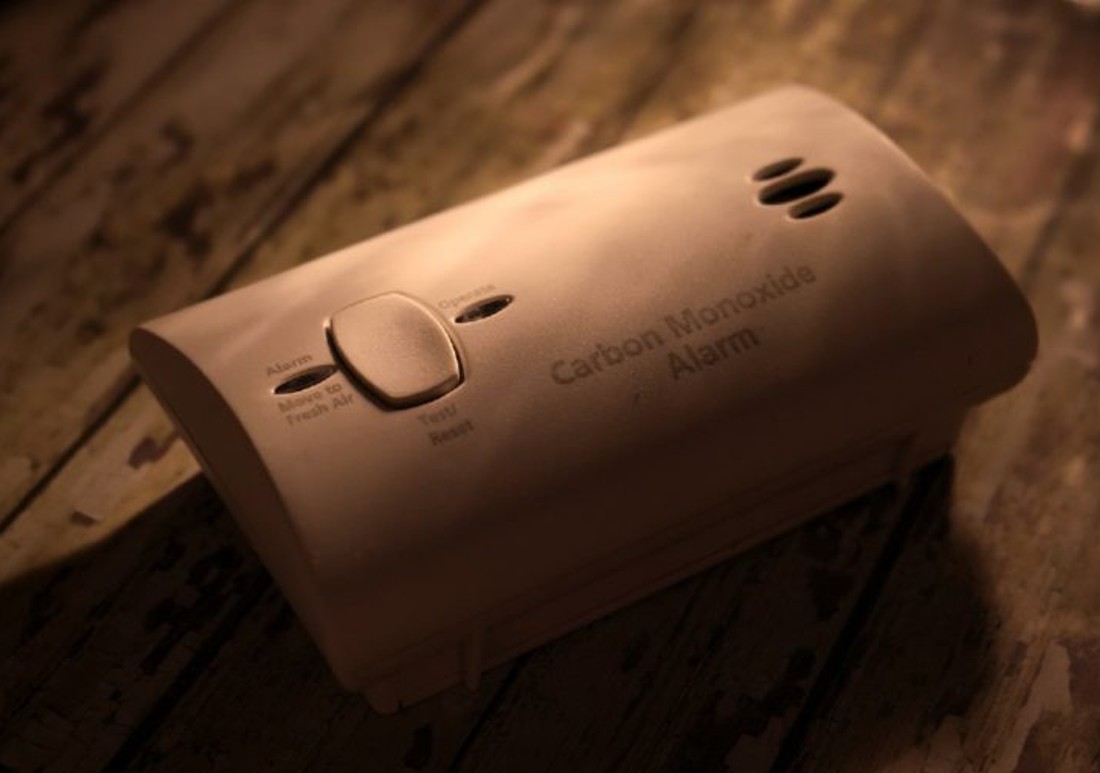Where To Place Carbon Monoxide Detectors in Your Home

Carbon monoxide (CO) is an invisible, odorless, deadly gas that can build up in your home if you have a faulty or improperly ventilated appliance or furnace. Carbon monoxide detectors are must-haves in any home, as they alert you to hazardous CO levels before it is too late.
In this post, we will discuss the best places to install carbon monoxide detectors in your home and the differences between various types of CO detectors. We will also provide a comprehensive guide on how to install and maintain these devices, so you can be sure that you are getting the most out of them. With the right knowledge, you can keep your home and family safe and sound.
Where To Install Carbon Monoxide Detectors
The first step to keeping your family safe from fire and carbon monoxide is knowing where to place your smoke detectors. The Environmental Protection Agency (EPA) recommends installing at least one CO detector on each floor of your home, including the basement. Make sure to place them in areas where you and your family spend the most time, such as living rooms, bedrooms, and kitchens.
If you have a garage or an attached parking area, be sure to place a detector there as well. Carbon monoxide can easily enter your home through these areas, so it is important to have a working detector installed to alert you if the gas levels become too high. Make sure to place it near the entryway of the garage or the parking area, but not too close to your car’s exhaust pipe.
Where Not To Install Carbon Monoxide Detectors
Avoid placing CO detectors in areas where their sensors may be obstructed, such as behind curtains or furniture. Another important tip when placing your detectors is to ensure that they are not placed near heat sources or in humid areas, as this can trigger the sensor and lead to false alarms. So, be sure to avoid placing your detectors near bathroom vents, heaters, or humidifiers.
It is also important to note that carbon monoxide detectors should not be placed near windows or doors that can let in drafts, as this can affect the sensor’s accuracy and ability to detect CO, leading to false positive alarms. Instead, place them at least 10 feet away from such areas and ensure they are not obstructed by furniture or curtains.
Carbon Monoxide Detector Types
There are three main CO detector types: battery-operated, plug-in, and combination. Battery-operated alarms typically include a 10-year battery, eliminating the need for battery changes. Plug-in alarms are plugged into electrical outlets and often use batteries as a backup power source in case of power outages. Combination alarms are designed to detect smoke and CO, and they’re usually battery-operated. Additionally, many combination detectors have a voice feature that tells you whether the alarm has detected smoke or CO. Some CO detector models are interconnected, meaning if one alarm is triggered, all of the alarms will sound.
How To Install and Maintain Carbon Monoxide Detectors
Installing a CO detector is fairly easy. Plug-in models simply need to be plugged into an electrical outlet, whereas other models typically come with mounting brackets and hardware for easy setup. To keep your devices in tip-top shape, test them each week, and vacuum or dust them to remove debris accumulation that can affect the sensors’ functionality. Additionally, be sure to replace faulty or old units as soon as possible, and if your chosen model relies on battery power, don’t forget to check and replace the batteries as needed.
Placing carbon monoxide detectors in your home can be a lifesaver. Ensure that you place them on every floor of your home, near possible combustion sources, and in areas where your family spends the most time. Also, make sure you keep them away from sources of heat or humidity, and not too close to windows or doors. By following these tips, you can keep your home safe and reduce the risk of carbon monoxide poisoning.